Thousands of viewers from around the world are closely watching as Jackie and Shadow, a mated pair of bald eagles nesting in Big Bear Valley, California, incubate three eggs expected to hatch in early March. The couple has become an internet sensation through live nest cameras operated by Friends of Big Bear Valley that provide 24-hour access to their daily activities.
Jackie laid three eggs in January 2025—the first on January 22, followed by additional eggs on January 25 and January 28. This marks the second consecutive year the pair has produced three eggs, which is unusual as bald eagles typically lay two eggs per clutch.
The eagles’ dedicated fans are eagerly anticipating “pip watch” beginning March 1, when chicks may start breaking through their shells. Eggs typically hatch after 35 days of incubation, though Jackie and Shadow’s eggs have historically hatched around the 38-39 day mark.
“Both Jackie and Shadow seem to be getting more patient with the incubation, with each other and with the quiet waiting,” noted Friends of Big Bear Valley, the conservation organization that maintains the live cameras.
Dedicated Parenting Through Harsh Conditions
Jackie and Shadow have demonstrated remarkable dedication to their eggs, particularly during recent winter storms. In mid-February, Jackie remained on the nest for nearly 46 hours straight during snowfall. Shadow arrived with a fish he had caught for his mate, allowing her to eat before he took over incubation duties.
This dedication has endeared the pair to online viewers. “Their love and dedication for their egg babes is amazing,” Friends of Big Bear Valley shared in a social media update.
The eagles’ nest, perched 145 feet above the ground in a Jeffrey pine tree near Big Bear Lake in the San Bernardino mountains, has been their home since they became mates in 2018. Bald eagles typically return to the same nest each year, adding new materials to strengthen and enlarge it. Eagle nests are the largest of all North American birds, sometimes weighing up to two tons and measuring 4 to 5 feet in diameter.
Previous Challenges
Despite their dedication, Jackie and Shadow have faced disappointment in recent years. None of their three eggs hatched in 2024, and they experienced similar outcomes in 2023. Various factors could explain these failures, including temperature fluctuations, oxygen levels at high altitude, and severe weather conditions.
“It could be that the temperatures we had during the incubation period, and when they were laid, were not that good,” explained Sandy Steers, Executive Director of Friends of Big Bear Valley. “It could be the amount of oxygen. We’re at a very high altitude, higher than most eagle’s nests, so we have low oxygen levels to begin with.”
Statistics highlight the challenges bald eagles face in reproduction. Only about 50% of bald eagle eggs successfully hatch, and just 70% of eaglets survive their first year of life, according to the U.S. Fish and Wildlife Service.
Similar Posts:
Conservation Success Story
The saga of Jackie and Shadow represents a broader conservation success story for bald eagles nationwide. In 1963, only 417 nesting pairs remained in the United States. However, conservation efforts, including the banning of the pesticide DDT, have helped the species recover dramatically.
As of 2019, approximately 71,400 nesting pairs were documented across America. This population has continued to grow, with reports indicating the overall population has quadrupled to about 316,000 birds in the past decade.
Jackie (12 years old) and Shadow (10 years old) have successfully raised eaglets in 2019 and 2022. Bald eagles typically mate for life and can live up to 30 years in the wild.
Building Community Through Observation
The live stream of Jackie and Shadow’s nest has created a dedicated community of eagle enthusiasts. The pair has over 770,000 followers on Facebook and 390,000 subscribers on YouTube.

“[People] find themselves doing a lot of things that Jackie and Shadow do, which is getting along, working together and taking care of each other,” Steers told the Los Angeles Times. “Plus… it gives them something to look at besides the dark stuff on the internet.”
As March approaches, fans continue to watch closely, hoping this year will bring success for the beloved eagles. After eaglets hatch, they typically start flying at 10-12 weeks old and leave the nest about a month later.
Whether Jackie and Shadow’s eggs hatch this year or not, their story continues to inspire viewers and highlight the ongoing conservation success of America’s national bird.
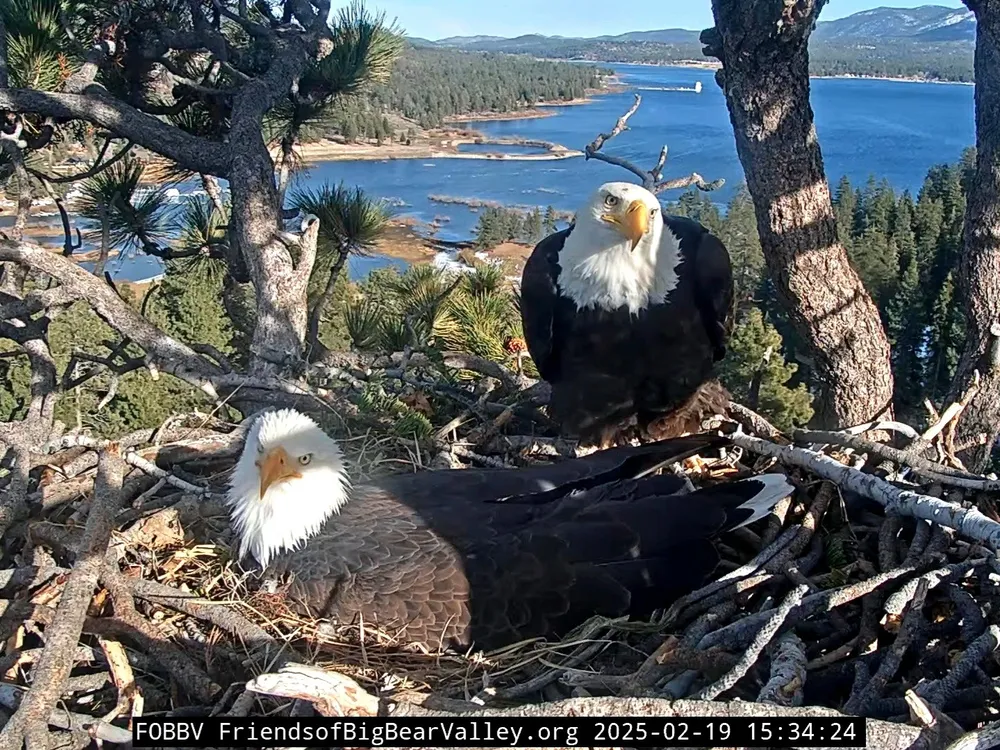


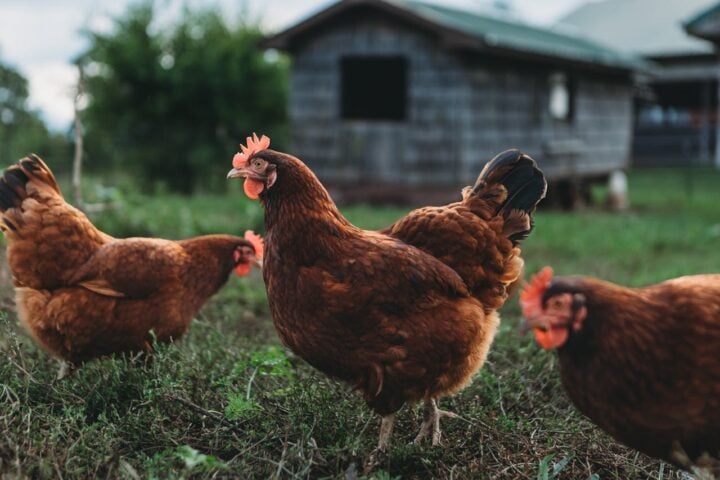







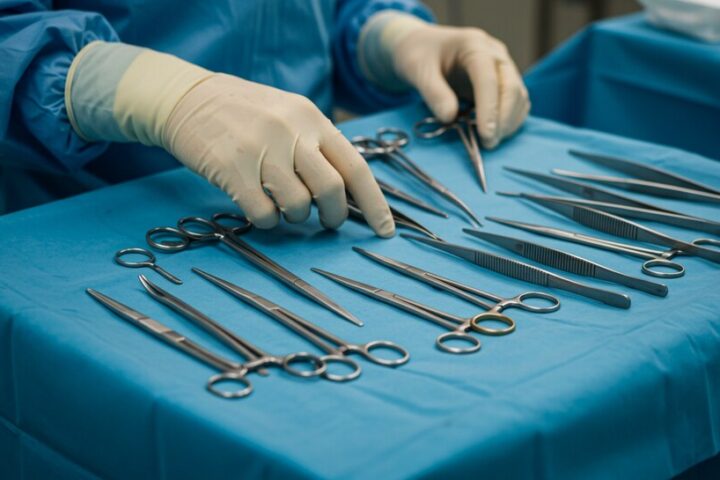

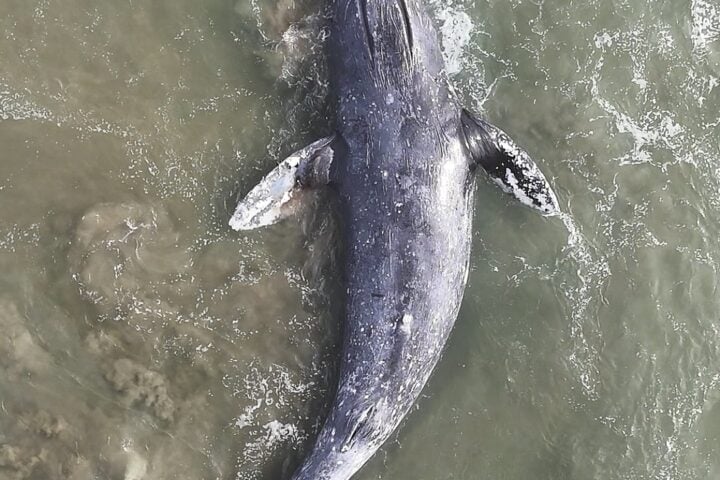



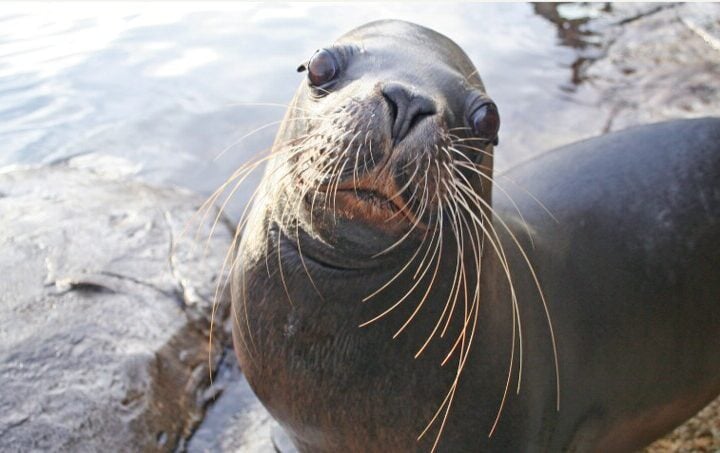

Last year was my first time to hear of Jackie and Shadow, right around the time that she had laid her eggs. She only laid 2 eggs last year – I will never forget it. She may have had three the previous year, but in 2024, there were only two. I was so devastated when neither of them hatched. I don’t know that I even knew that was possible. It was one of the saddest things I’ve ever seen to watch Shadow continue day after day after day after day to sit on those eggs still waiting for them to hatch, even after Jackie already knew they weren’t viable. Poor Shadow did not understand why Jackie stopped coming to the nest, but he was a faithful dad and just continued to stay there on those eggs. But I watched every second of him doing it. And when he finally was “told“ by Jackie that they weren’t going to hatch, it was the saddest thing ever. I have such hope for this year’s 3 eggs, and I pray every day that they will make it. I’ve heard stories now that it’s very hard for a bald eagle baby to survive. But boy do I hope that they do!